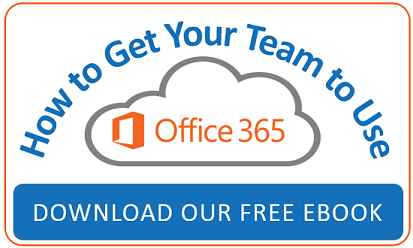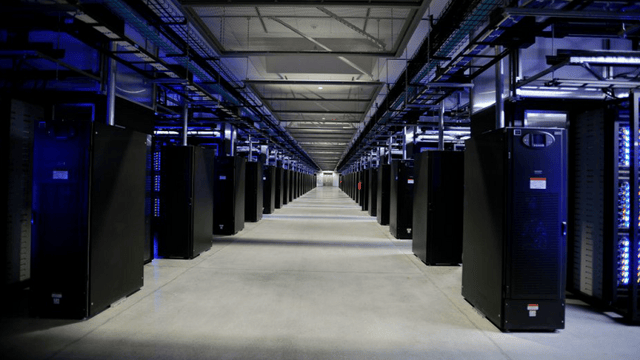 That’s probably the most commonly asked question I hear when I deliver training these days. As more and more organizations deploy Office 365 and Google Apps, for example, people hear this buzzword and are mystified by it.
That’s probably the most commonly asked question I hear when I deliver training these days. As more and more organizations deploy Office 365 and Google Apps, for example, people hear this buzzword and are mystified by it.
Cloud is not a four letter word
Sometimes, users are even too afraid to ask, "What is the cloud?" in fear that they may appear stupid or behind the times. You’re not stupid. It’s a great question.
People will often use big "air quotes" (and maybe even throw in an eye roll) when they utter the word. Maybe you’re that end user who is confused or annoyed by the concept. Maybe you’re an IT person or manager who fields questions about this enigma.
So what is it?
Let’s break it down and demystify what is "the cloud".
I’ll begin by stating that the cloud is shorthand for the concept of cloud computing. People use cloud computing every day, they just may not think of it in those terms! Cloud computing uses the internet to access information and applications on remote servers.
Web-based email uses the cloud. If someone has a Google or Microsoft email account, for example, they’re using the cloud. Social networking like Facebook, Twitter, and LinkedIn? Yep, using the cloud.
If someone enjoys accessing email on their smartphone, they’re enjoying the cloud. If you store your music, photos, or documents online, you’re a cloud pro. The big hurdle? Getting user adoption at work when processes change and we don’t "do it the same way that we’ve always done it".
This is what the cloud looks like on the inside
What is the cloud? Facilities full of servers connected to the internet. Surprised? Well, instead of having a much smaller server room in a back room or basement of your workplace, data centers around the world house your data. Don’t worry, it’s secure! It’s just a network of computers that store and process data for you.
Never lose work again
Let’s take it a step further. The cloud offers off-site storage in two or more locations as a backup. Let’s say something disastrous happens, your files will be safe. If you store files on your computer, not so safe. What if it gets a virus, is lost, stolen, or catches on fire?! You’ll be out of luck. Maybe you backup your files on an external disk or save them to an on-site network drive. That’s better, but there’s more.
Easy, anywhere access
By having your files backed up and stored in multiple data centers around the world, you have anywhere access. Here’s an example: Recently, one of our colleagues traveled to Australia for a few weeks. He took photos with his smartphone and uploaded them to OneDrive moments after taking them. Guess what? We shared those moments with him! Pretty much in real time!
Have you ever streamed a movie on Netflix, Amazon, Hulu, Vudu (the list goes on)? Those movies and TV shows aren’t saved on your streaming device. They’re stored elsewhere and our internet connections are now fast enough to handle quick file transfers. Awesome stuff.
I always joke that my office is wherever I’m standing. It could be the smartphone in my pocket, my tablet, laptop, a friend’s computer, or even the business center at a hotel! In fact, last weekend I traveled to Boston and used the business center to make some quick changes to documents that I had stored in the cloud.
The cloud is physical. It is not magical. It’s just a bunch of computers that are located somewhere else.
Cloud Training
With cloud-based software, Microsoft, Google, Apple and all the rest make frequent changes. We pride ourselves on helping businesses stay competitive by keeping up with the latest software changes.
Is your team using the new features and tools to maximize productivity? KnowledgeWave can be part of the solution with our ongoing cloud-based training for cloud-based software.









